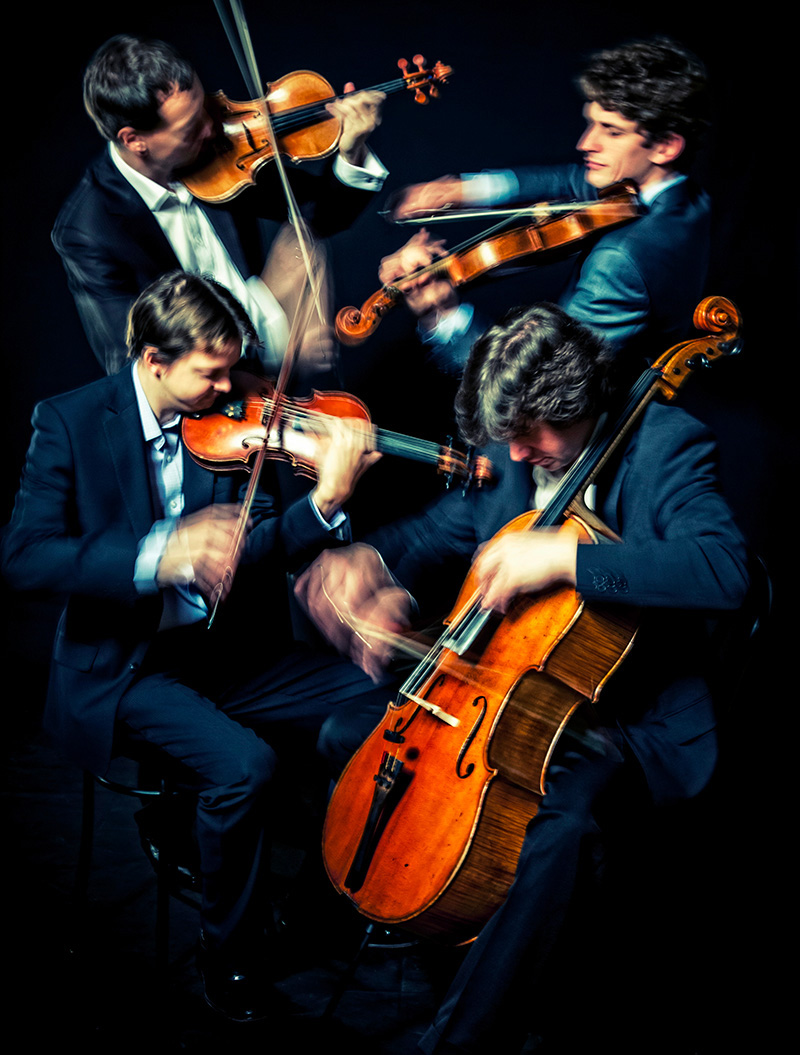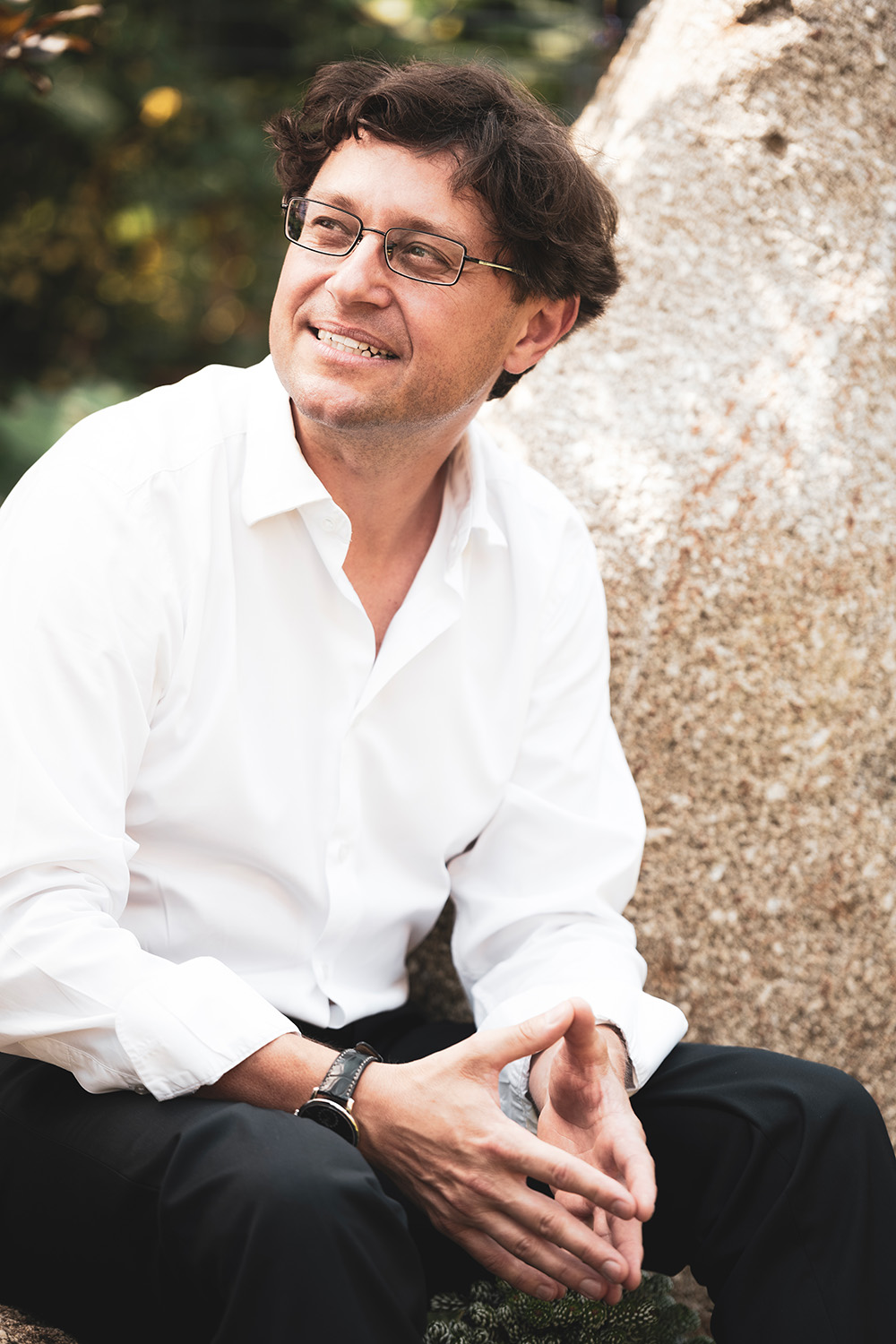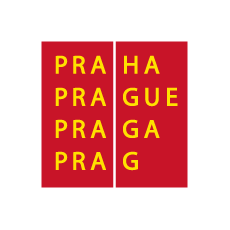Winner’s Concert
Programme
- Trygve Madsen: Trio for Violin, Horn and Piano Op. 110
- Wolfgang Amadeus Mozart: Horn Quintet in E flat major KV 407
- Johannes Brahms: Horn Trio in E flat major Op. 40
Performers
- Zhicheng Jin – French horn
- Bennewitz Quartet
- Jakub Fišer – violin
- Štěpán Ježek – violin
- Jiří Pinkas – viola
- Štěpán Doležal – violoncello
- Miroslav Sekera – piano
The concert performed by the winner of the Prague Spring horn competition 2024 Zhicheng Jin combines works from three different stylistic periods, while also offering a fascinating insight into Norwegian music, with performances from superb Czech musicians in the attractive setting of the National Technical Museum.
The title of the concert might conjure up memories of the recent Olympic Games and its closing ceremony, nevertheless, this event is what has now become a traditional festival concert performed by the winner of the previous Prague Spring International Music Competition. In the French horn category the top prize for the year 2024 went to Chinese horn player Zhicheng Jin, who was only 17 years of age when he competed against 53 contenders from 11 countries. He will appear in two Prague Spring concerts: on 21 May he will perform with the Prague Symphony Orchestra in Schumann’s intriguing Konzertstück for Four Horns and Orchestra, and on 19 May he will take part in a chamber programme together with elite representatives of the Czech music scene – pianist Miroslav Sekera and the Bennewitz Quartet. The latter have been making regular guest appearances in major world concert venues since their victory in the prestigious Osaka International Chamber Music Competition in Japan in 2005. In the 2024–2025 season alone, they return to London’s Wigmore Hall and Vienna’s Konzerthaus, and they’re planning an extensive tour of the United States. The festival programme includes a delightful piece by Wolfgang Amadeus Mozart (1756–1791), in which the ensemble’s leader JakubFišer will be performing the viola part. Then as violinist he will appear in pieces by Johannes Brahms(1833–1897) and by Norwegian contemporary composer Trygve Madsen (*1940), who often likes to introduce a dose of humour and jazz inspiration into his works.

Mozart’s Horn Quintet in E flat major is the first piece the celebrated maestro wrote for his friend, horn player Joseph Leutgeb. The two were first acquainted in Salzburg, where Leutgeb played until 1770 in the episcopal court orchestra of Prince-Archbishop Sigismund Graf von Schrattenbach. Like Mozart, Leutgeb also later left for Vienna where, in addition to his music commitments, he opened up a small cheese shop on the outskirts of Vienna in order to supplement the family budget. Mozart’s quintet is so wonderful and musically opulent that it is often regarded as something akin to a small-scale horn concerto. The untraditional string quartet ensemble featuring two violas brings warmth to the piece, its tone colour approaching the timbre of the French horn. The work was completed in 1782 and opera buffs will certainly recognise echoes of motifs from Mozart’s singspiel Die Entführung aus dem Serail.
According to the composer’s biographer Max Kalbeck, the Horn Trio in E flat major by Johannes Brahms is a lament for the latter’s deceased mother. Brahms was said to have played her folk songs on the horn in his childhood; she died in the winter of 1865 before her beloved son could say goodbye to her. This enchantingly beautiful chamber work originated in Baden-Baden; he worked in a room which, in his words, “looks out on three sides at the dark, wooded mountains, the roads winding up and down them, and the pleasant houses”. It is interesting to note that the trio was written not for the modern valve horn familiar today, but for the natural horn and, in compositional terms, the piece reflects the natural character of this instrument.
Norwegian composer Trygve Madsen is renowned particularly for his pieces for wind instruments, while his works for horn assume a primary role. Commissioned by the likes of the Norwegian National Opera, he seeks inspiration from such greats as Dmitri Shostakovich and Maurice Ravel, and also from jazz performers, notably pianists Erroll Garner and Oscar Peterson. This will be the very first time that his music is performed at the Prague Spring; the concert will take place on 19 May, beneath the airplanes at the National Technical Museum.








